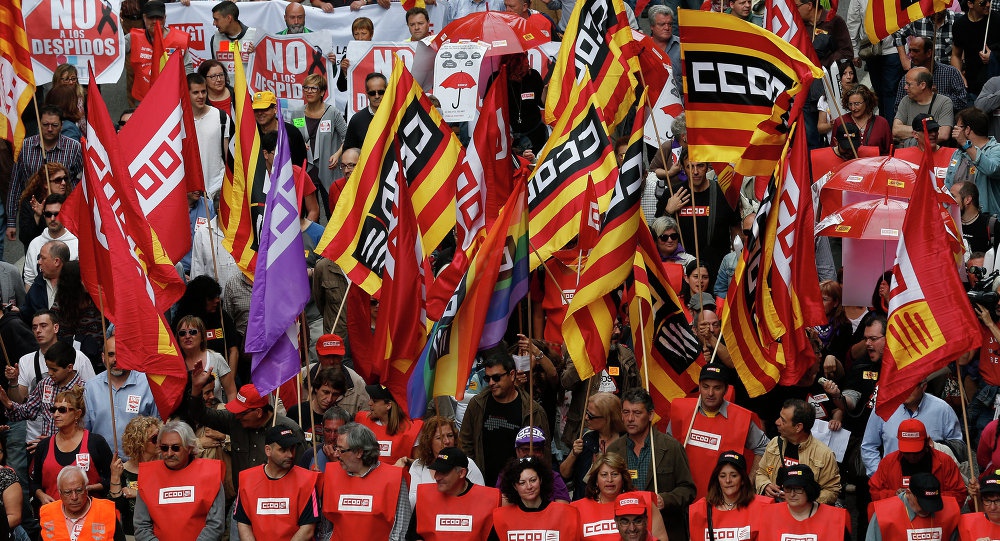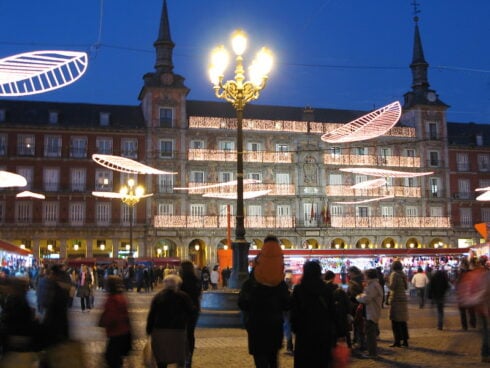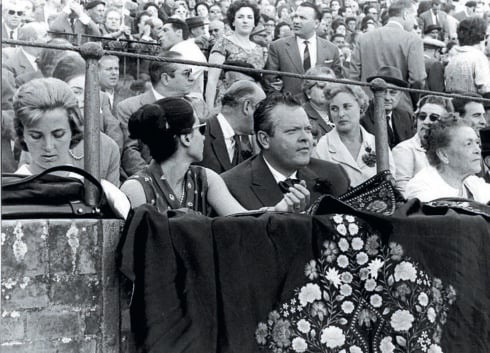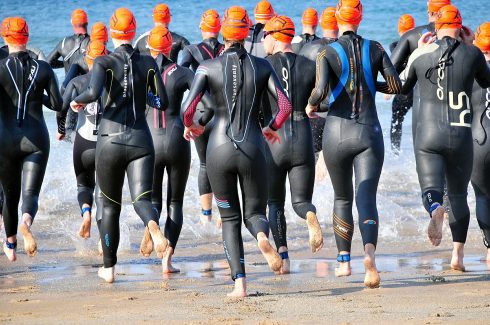THIS SUNDAY sees Labour Day celebrated in Spain, a national holiday originating back to 1889 that was outlawed for decades under Franco.
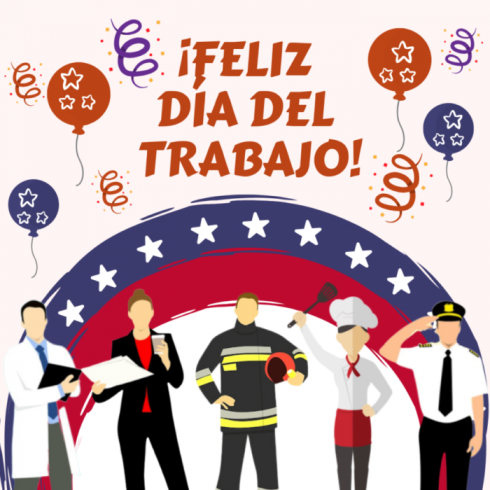
The Día del Trabajador, or Primero de Mayo, is the only date officially dedicated to workers and the vindication of workers rights in Spain.
Banned until 1978, the celebration was finally reinstated as a national holiday, and is marked by marches all over the country, in which social advances for the working classes are celebrated.
The USA connection
The fixed date of May 1 originates from Chicago’s Haymarket Revolt on International Workers’ Day in 1886, where US workers went on strike on that day after a standard 8-hour working day wasn’t imposed by employers.
Days of violent clashes resulted in several policemen being killed and 30 men being jailed.
However, five others supposedly responsible for the riots were mysteriously assassinated, leading to workers’ rights and their standing in society being questioned all over the world.
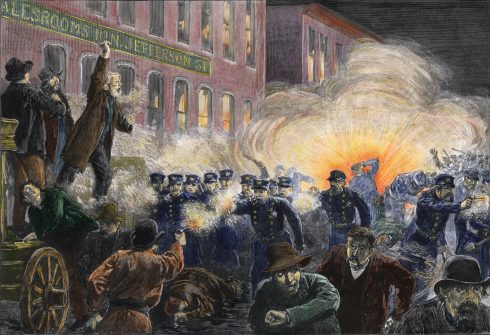

Finally, early in 1889, May 1 was declared International Workers’ Day by the Second International Socialist Workers Congress held in Paris.
Spain
That same year, Spanish socialists held the first Día del Trabajador, organising peaceful protests to support workers, but that coincided with anarchists that called for a revolutionary strike on the same day.
Socialists had thousands march to the Council of Ministers to deliver their protests, whilst the anarchists marched on Congress of Deputies.
Whilst the Madrid marches went off peacefully, other Spanish cities saw conflict.
Protests in the Basque Country lead to organisers losing their jobs, and a subsequent strike and riots led to a state of war being declared with tensions not dying down until May 21.
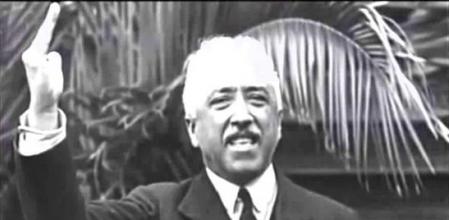
Anarchist marches in Valencia, Barcelona, and other Catalan areas also caused strikes and violence, with workplaces closing and Guardia having to intervene.
After a shorter working day was seen as a win for the socialists, Spanish anarchists could not claim such a victory.
The riots meant that the following year’s Día del Trabajador in 1890 saw public meetings banned, so socialists limited their protests to a break from work and private celebration, while anarchists continued with their one-day strike.
A compromise was reached in 1891 when a combined Labour Day was proposed, so both groups could celebrate in relative harmony, thus promoting an element of pacifism.
Because of that, anarchists eventually lost interest in participating in Primero de Mayo.
Official National Holiday
Surprisingly, Labour Day was not declared an official holiday until 1931 with the beginning of the Second Spanish Republic.
Roughly 300,000 people marched in Madrid, where then-president Niceto Alcala-Zamora announced ‘the end of social antagonism’.
From then on, workers’ rights issues from all over the country would be addressed directly with the government, the birth of a ‘new wave’ of public power.
Labour Day under Franco
Franco abolished the holiday in April 1937, part way through the Spanish Civil War, promising a new “Trabajo Nacional,” or National Labour Day, would later follow.
However, he changed it “Fiesta de la Exaltacion del Trabajo,” or Labour Praising Party, with celebrations on July 18, his birthday.
Still in the midst of war, ‘normal’ protests were near-impossible so small-scale secret protests were held in theatres and the like to celebrate the working class and its fight against Franco’s army.
Post-war, any attempts at reconvening a traditional Labour Day (on May 1) would be shut down by Franco, despite legitimate attempts to gain focus on living conditions and national poverty.
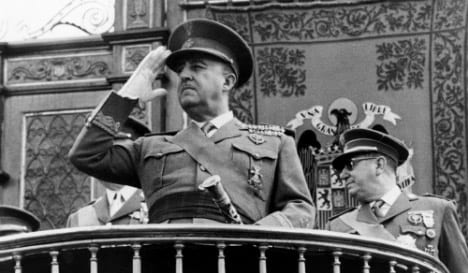
However, the Catholic Church intervened in 1955, designating May 1 as Fiesta de San José Artesano, also known as San José Obrero, and Franco reintroduced the holiday in 1956.
With protests now typically being held in churches, San José quickly became the patron saint of workers.
During the 50s and 60s, more events were organised around May 1, the unofficial Labour Day, such as days off, boycotts and moments of silence in factories.
Franco still imprisoned protagonists, but his influence eventually became more preventative when he started detaining seasoned protestors in the days running up to May 1.
Post-Franco
After Franco’s death in 1975 and the move from a dictatorship to a democracy, Labour Day returned, despite still not being an ‘official’ holiday.
Unions were re-legalized and became a stronger force and more active than ever, meaning workers’ rights were at the forefront of Spain’s conscience.
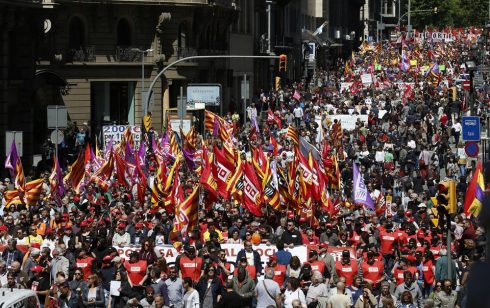
In 1978, Primero de Mayo was also re-legalized as a national holiday, with unions becoming more involved as years progressed.
Meetings, rallies and debate now take the place of strikes, riots and murder – protests typically focus on the needs and concerns of the day.
All schools and most businesses close, with public transport running a ‘holiday schedule’, but hospitality and museums usually stay open, as well as other tourist and entertainment attractions.
If Olive Press readers get involved with Labour Day or have any anecdotal snippets, please send information to newsdesk@theolivepress.es
OTHER FRANCO NEWS: Executed victims of General Franco to be exhumed from mass grave on Spain’s Costa Blanca
Click here to read more News from The Olive Press.

